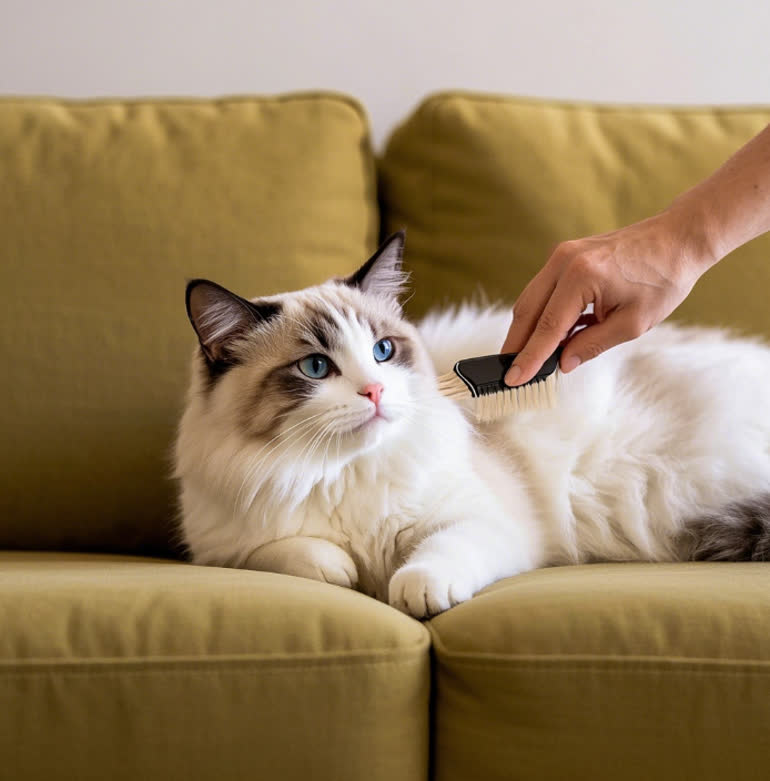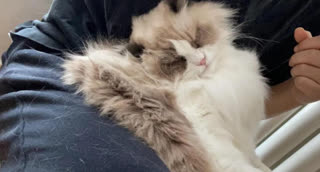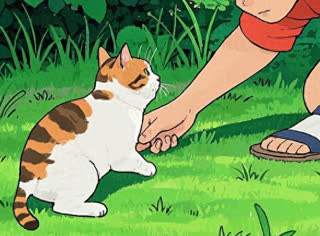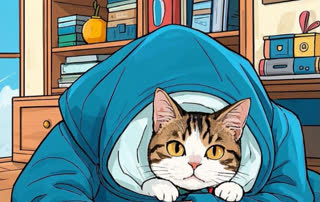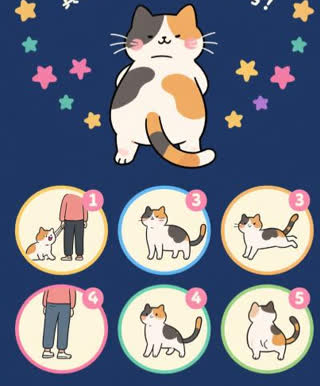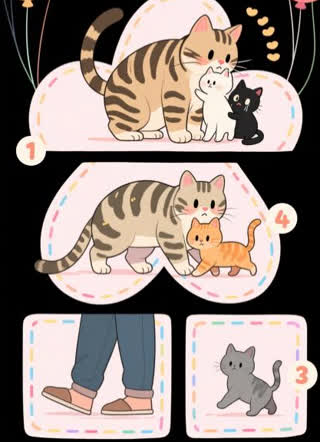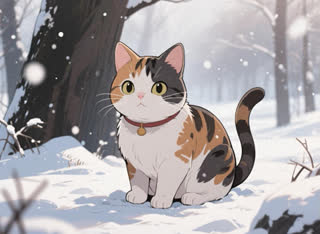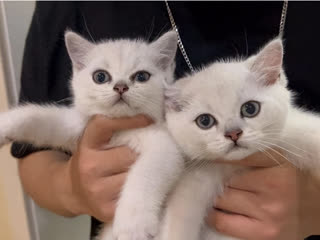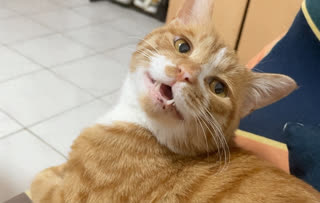The Ragdoll cat breed, celebrated for its docile temperament and striking blue eyes, is a beloved companion in many households. However, owners often face challenges with excessive grooming behaviors, leading to hair loss, skin irritation, or even infections. If you’re searching for how to stop Ragdoll cat from overgrooming, this guide explores actionable strategies rooted in veterinary insights and behavioral science. By addressing underlying causes and implementing targeted solutions, you can help your feline friend regain balance and comfort.
1. Understanding Overgrooming in Ragdoll Cats
Overgrooming, or excessive licking/biting of fur, is not a breed-specific trait but can manifest in Ragdolls due to their sensitive nature. While occasional grooming is normal, compulsive behavior often signals stress, health issues, or environmental triggers. Key factors include:
Stress or Anxiety: Ragdolls thrive on routine and companionship. Changes like moving homes, new pets, or reduced attention can trigger overgrooming.
Skin Conditions: Allergies, fleas, or fungal infections may cause itching, prompting excessive grooming.
Pain or Discomfort: Joint pain (common in large breeds like Ragdolls) or dental issues might lead to redirected grooming behaviors.
2. Identifying the Root Cause
Before addressing how to stop Ragdoll cat from overgrooming, pinpoint the trigger:
Physical Symptoms: Check for bald patches, redness, or scabs. A vet visit is crucial to rule out parasites, allergies, or infections.
Behavioral Clues: Note when grooming occurs—after loud noises, during isolation, or post-meal—to link it to stressors.
Environmental Audit: Ragdolls are social cats; loneliness or lack of stimulation (e.g., toys, climbing spaces) may drive overgrooming.
3. Practical Solutions to Curb Overgrooming
A. Medical Interventions
Treat Underlying Conditions: Prescription antihistamines for allergies, flea preventatives, or anti-inflammatory medications for skin issues.
Pain Management: If arthritis is suspected (common in older Ragdolls), supplements like glucosamine or vet-prescribed pain relief can help.
B. Behavioral Adjustments
Stress Reduction: Create a calm environment with hiding spots, pheromone diffusers (e.g., Feliway), and predictable routines.
Enrichment Activities: Interactive toys, puzzle feeders, and daily playtime distract from grooming and reduce anxiety.
Social Interaction: Ragdolls are “puppy-like” and crave companionship. Consider adopting a second cat or increasing bonding time.
C. Dietary and Grooming Support
Hypoallergenic Diet: Switch to limited-ingredient foods if food allergies are suspected.
Regular Brushing: Gentle brushing 2–3 times weekly reduces loose fur and satisfies grooming instincts.
4. Preventing Relapse: Long-Term Strategies
To ensure lasting success in how to stop Ragdoll cat from overgrooming, adopt preventive measures:
Routine Vet Checkups: Annual exams catch early signs of health issues.
Environmental Stability: Minimize abrupt changes; introduce new pets or family members gradually.
Mental Stimulation: Rotate toys, install window perches for bird-watching, or train simple tricks to keep your Ragdoll engaged.
5. Case Study: Success Stories
Owners of Truly Scrumptious Ragdolls reported reduced overgrooming after integrating puzzle feeders and daily interactive play sessions. One Ragdoll, previously prone to stress-induced grooming, showed improvement within 3 weeks of using pheromone collars and increased socialization.
Learning how to stop Ragdoll cat from overgrooming requires patience and a holistic approach. By combining medical care, environmental adjustments, and breed-specific enrichment, you can restore your Ragdoll’s well-being. Remember, early intervention is key—monitor behaviors closely and consult professionals when needed.
